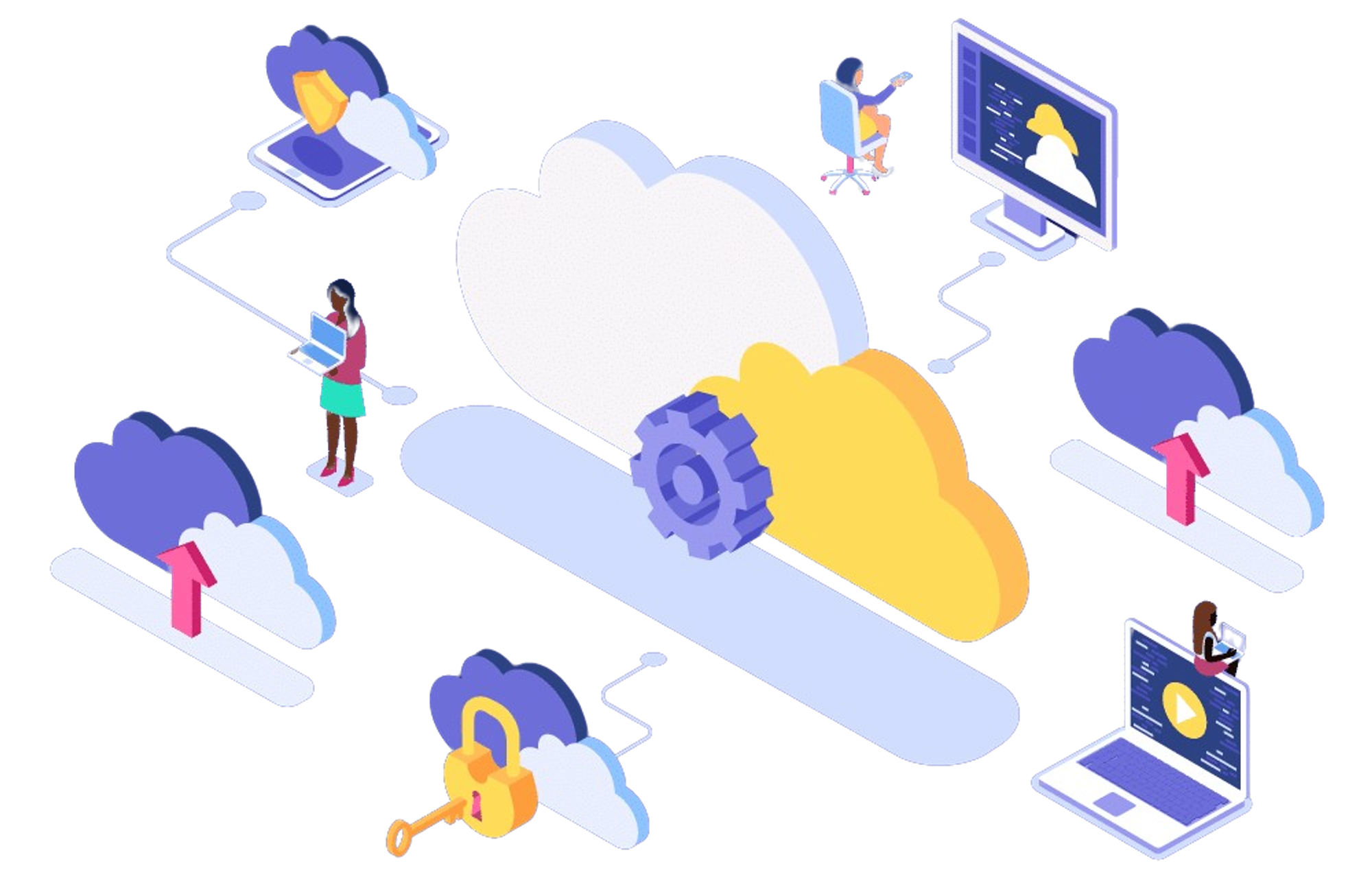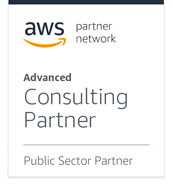Containers: Best Practices
Containers have revolutionized the way software is developed, deployed, and managed, offering agility, scalability, and portability. However, to fully harness the benefits of containerization, it's crucial to adhere to best practices that ensure security, efficiency, and reliability. This page represents a short overview of best practices for containers, covering key areas such as container image management, orchestration, security, networking, and monitoring.
Need an assessment and enablement
Container Image Management
Container image management involves the creation, distribution, storage, and maintenance of container images, which serve as the blueprints for running containers. Effective container image management practices ensure that images are secure, efficient, and up-to-date, enabling reliable and consistent application deployment across different environments
-
Image Creation
- Base Images: Start with official base images provided by Docker or trusted sources. These images typically contain minimal operating system components and dependencies, providing a clean foundation for building application-specific images.
- Multi-Stage Builds: Use multi-stage builds to optimize image size and reduce dependencies. This involves using multiple Dockerfile stages to compile dependencies and build artifacts in one stage and copy only the necessary artifacts into the final stage, resulting in smaller and more efficient images.
-
Image Distribution
- Registry Usage: Store container images in a registry such as Docker Hub, Amazon ECR, or Google Container Registry for centralized management and distribution. Registries provide versioning, access control, and replication capabilities, facilitating secure and scalable image distribution.
- Private Registries: Utilize private registries to control access to proprietary or sensitive images, ensuring that only authorized users and systems can pull and deploy images.
-
Image Storage
- Optimize Image Size: Minimize image size by removing unnecessary dependencies, layers, and temporary files. Smaller images improve deployment speed, reduce network bandwidth usage, and enhance security by reducing the attack surface.
- Content Addressability: Leverage content addressability to ensure that images are immutable and tamper-proof. Content-addressable storage (CAS) systems like Docker Content Trust or Notary enable verification of image integrity and provenance by cryptographically signing image manifests.
-
Image Maintenance
- Patch Management: Regularly update base images and application dependencies to incorporate security patches and bug fixes. Automated tools such as vulnerability scanners can help identify and remediate vulnerabilities in container images.
- Image Versioning: Implement versioning for container images to track changes over time and facilitate rollback in case of issues. Semantic versioning conventions (e.g., MAJOR.MINOR.PATCH) provide clarity on backward compatibility and compatibility requirements.
-
Image Lifecycle Management
- Garbage Collection: Implement garbage collection policies to remove unused or outdated images and artifacts from registries and local repositories. This helps free up storage space and ensures that only relevant images are retained.
- Retention Policies: Define retention policies for images based on factors such as usage frequency, age, and criticality. Automated lifecycle management tools can enforce retention policies and automatically delete expired images.
Container Orchestration
Container orchestration involves automating the deployment, scaling, management, and networking of containerized applications across a cluster of hosts. It provides capabilities such as service discovery, load balancing, auto-scaling, and health monitoring to ensure that containerized applications run reliably and efficiently in production environments.
Node Provisioning within Cluster Management
Cluster Coordination
Network Security
Deployment Automation
Service Discovery
Load balancing
Auto-Scaling: Horizontal Scaling and Resource Quotas
Health Monitoring and Self-Healing
Takumi recommends the industry leader - Kubernetes
Container Security
Time to heard cattle not pets!
Immutable Infrastructure
Adopt the principle of immutable infrastructure, where containers are treated as disposable and replaced rather than updated, to minimize security risks associated with configuration drift.
Implement RBAC
Enforce fine-grained Role-Based Access Controls and restrict permissions based on user roles and responsibilities.
Network Segmentation
Implement network segmentation to isolate containers and limit communication between them, reducing the attack surface and minimizing the impact of security breaches.
Regular Audits and Compliance
Conduct regular security audits, vulnerability assessments, and compliance checks to identify and remediate security vulnerabilities and ensure adherence to industry standards and regulations.
Container Networking
Networking in containerized environments plays a crucial role in enabling communication between containers, accessing external services, and ensuring security and isolation. Implementing effective networking best practices ensures that containerized applications are accessible, performant, and secure. Here are some key aspects of networking best practices for containers
Request a quoteContainer Networking Models
Bridge Networking: Utilize the bridge networking mode for basic networking within a single host. It enables containers to communicate with each other and the host system through virtual network interfaces.
Overlay Networking: Implement overlay networking for communication across multiple hosts in a cluster. Overlay networks use encapsulation techniques like VXLAN or IPSec to create virtual networks that span multiple physical or virtual machines.
Service Discovery and DNS Resolution
Container DNS: Leverage container DNS for service discovery within the same overlay network. Containers can resolve service names using DNS resolution, enabling dynamic discovery of services without hardcoded IP addresses.
External DNS Services: Integrate with external DNS services or load balancers for service discovery and routing traffic to containerized services from external clients. This ensures that containers are accessible from outside the cluster using domain names.
Network Security and Isolation
Network Policies: Implement network policies to enforce firewall rules and access controls at the network level. Network policies define allowed ingress and egress traffic based on labels, namespaces, or IP addresses, ensuring that only authorized traffic flows between containers.
Microsegmentation: Use microsegmentation to isolate workloads and restrict communication between containers based on their roles or sensitivity levels. Segmenting network traffic helps minimize the impact of security breaches and limit lateral movement within the cluster.
Load Balancing and Traffic Management
Ingress Controllers: Deploy ingress controllers to manage inbound traffic to containerized services. Ingress controllers provide features like SSL termination, path-based routing, and traffic splitting, enabling fine-grained control over incoming requests.
Load Balancers: Utilize external load balancers or cloud-native load balancing solutions to distribute traffic across multiple instances of a service for scalability and fault tolerance. Load balancers monitor backend health and dynamically adjust routing to ensure optimal performance.
Monitoring and Troubleshooting
Network Monitoring: Implement network monitoring tools to track network traffic, latency, and throughput metrics. Monitoring container network performance helps identify bottlenecks, diagnose connectivity issues, and optimize network configuration.
Diagnostics and Logging: Configure container logging and diagnostics to capture network-related events, errors, and warnings. Centralized logging systems aggregate logs from multiple containers and provide visibility into network activity for troubleshooting and analysis.
Container Monitoring and Logging
Container monitoring and logging are essential components of managing containerized environments, providing visibility into container performance, health, and activity. Monitoring involves collecting metrics on resource usage, application performance, and system health, while logging captures container logs for troubleshooting, auditing, and analysis. Together, monitoring and logging enable organizations to maintain the reliability, scalability, and security of containerized applications.
Request your quoteMonitoring
Resource Metrics: Collect metrics on CPU usage, memory utilization, disk I/O, and network traffic for individual containers and cluster nodes. Monitoring resource metrics helps identify performance bottlenecks, optimize resource allocation, and ensure efficient utilization of infrastructure resources.
Application Metrics: Monitor application-specific metrics such as request latency, throughput, error rates, and response times. Application-level monitoring provides insights into application performance, user experience, and business metrics, enabling proactive detection and resolution of issues.
Health Checks: Implement health checks to monitor the status and availability of containers and services. Health checks periodically probe container endpoints and report their health status to the orchestrator. Unhealthy containers can be automatically restarted or rescheduled to maintain application availability.
Logging
Container Logs: Capture logs generated by containerized applications, including standard output (stdout) and standard error (stderr) streams. Container logs provide visibility into application behavior, errors, warnings, and debugging information, facilitating troubleshooting and diagnosis of issues.
Structured Logging: Use structured logging formats (e.g., JSON or key-value pairs) to standardize log data and make it easier to search, filter, and analyze. Structured logs improve readability, enable efficient log aggregation, and support advanced analytics and visualization.
Log Aggregation: Aggregate container logs from multiple sources into a centralized logging system or log management platform. Centralized logging enables unified access to logs, real-time monitoring, and advanced features like log retention, searching, and alerting.
Monitoring and Logging Solutions
Container Monitoring Tools: Deploy container monitoring tools such as Prometheus, Grafana, or Datadog to collect, visualize, and analyze container metrics. These tools provide customizable dashboards, alerts, and insights into container performance and health.
Logging Platforms: Utilize logging platforms like ELK Stack (Elasticsearch, Logstash, Kibana), Fluentd, or Splunk to ingest, store, and analyze container logs. Logging platforms offer features like log aggregation, indexing, searching, and correlation, enabling comprehensive log management and analysis.
Integration with Orchestration Platforms
Orchestrator Metrics: Monitor orchestration platforms (e.g., Kubernetes, Docker Swarm) to collect metrics on cluster health, node status, and workload distribution. Orchestrator metrics provide visibility into cluster performance, resource utilization, and scheduling efficiency.
Orchestrator Logs: Capture logs from orchestration platforms to track events, changes, and administrative activities within the cluster. Orchestrator logs help diagnose issues related to container scheduling, deployment, and management.
kubectl apply Takumi Cloud
 Amazon Web Services
Amazon Web Services
 Microsoft Azure
Microsoft Azure
 Docker
Docker
 Kubernetes
Kubernetes
 Google Cloud
Google Cloud

Our partners
Google Cloud, Amazon AWS, Microsoft Azure, and Kubernetes trust us to implement their technologies in for our clients.



